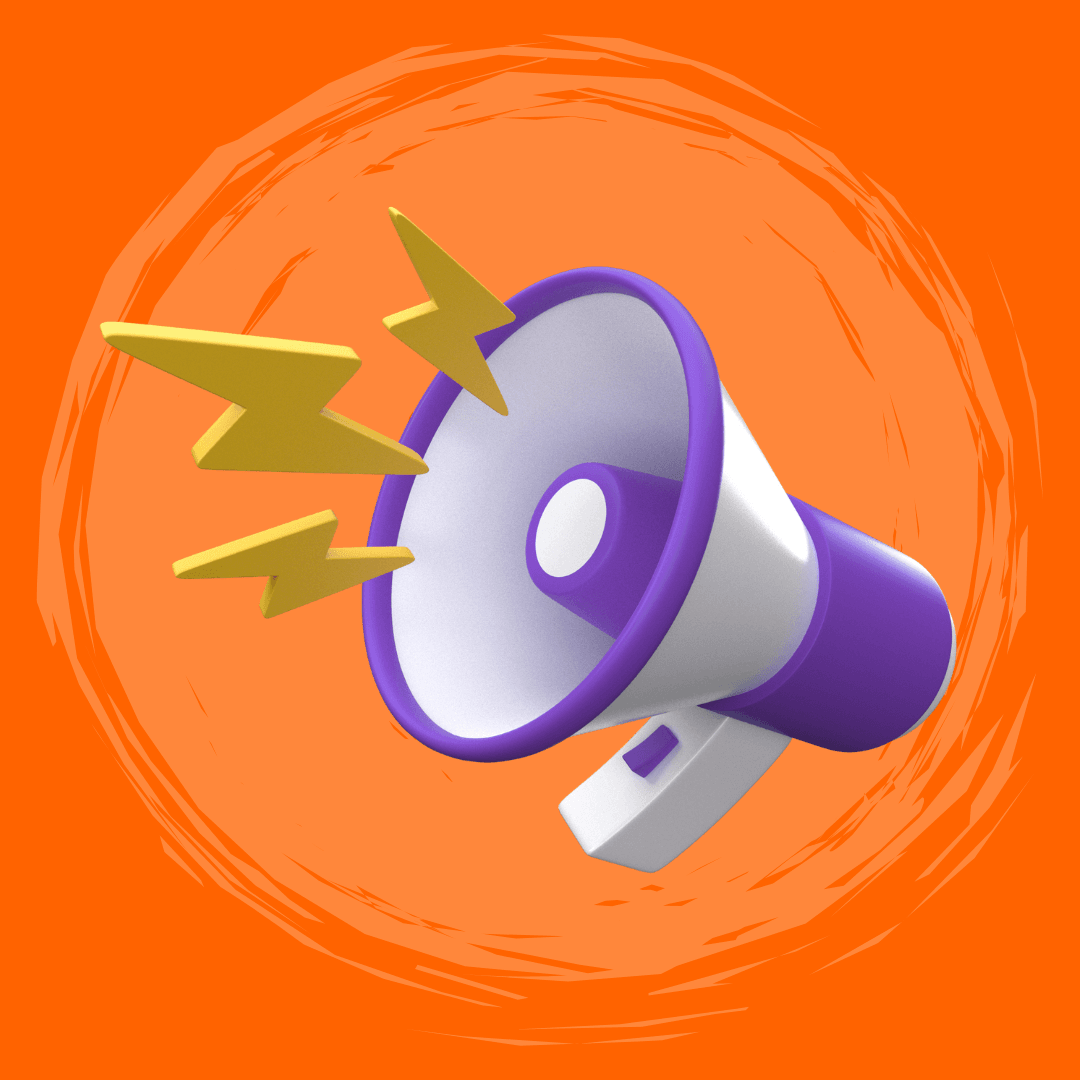Gamification
Discover the keys to make gamification a lever for impact.
In recent years, the corporate gamification has gone from being an innovative trend to becoming a buzzword in many areas of business training. However, in practice, in many organizations has been reduced to points, rankings and medals. on content that, in essence, remains as unattractive as a PDF.
80 % of gamification activities fail to achieve business objectives due to inadequate design (SAGE Open, 2020).
The problem is not in the gamification itself, but in how it is implemented. Gamification is not about making up a course: it is about design experiences that connect with employees' real motivations and, at the same time, move key indicators of the organization. A well-designed challenge can reduce the time to onboardingto increase knowledge retention and improve operational productivity. In a nutshell, gamification must generate engagement and resultsnot only participation.
Brief history of gamification
Although it sounds recent, gamification is not so new. Emerged in the early 2000sWhen technology and marketing companies began to apply points, rewards and tiered systems to influence user behavior. At first, it was mainly used in marketing and customer loyalty, but its potential was soon discovered in something much more strategic: the apprenticeship.
In the business environment, gamification marked a before and after. The idea of "learning by playing" ceased to be exclusive to the school environment and was adapted to motivate adults, facilitating the knowledge acquisition and the skills development more effectively than traditional methods. With the integration of technologies such as artificial intelligence, virtual reality and learning management systems (LMS)today we have intelligent learning environments that have gamification in their DNA.
The 3 pitfalls in implementation
Today, gamification is mentioned in conferences, training plans and HR team conversations. However, many implementations fail due to common mistakes:
1
Rewards without purpose: Rewarding for the sake of rewarding does not work. Rewards should reinforce behaviors and achievements aligned with business goals, not just incentivize momentary participation.
2
Repetitive and predictable mechanics: A system based solely on points, levels or rankings loses appeal over time. Motivation decreases if there are no new challenges or variations to maintain interest and a sense of progress.
3
Lack of context and meaningful narrative: An isolated challenge, with no connection to the reality of work, is perceived as irrelevant. The narrative provides meaning, places the participant in scenarios similar to his or her work and facilitates the practical application of what has been learned.
When these factors are taken care of, the results change: 3D simulations for soft skills have four times the completion of courses (PwC, 2020); gamified onboarding programs have reduced integration times on a 30% (Bank of America, 2025); and continuous updating plans have decreased operating errors by 33% (MolStud, 2024).undos intelligently.
How to implement correctly?
In order for gamification to be a strategic investment and not a passing experiment, it is essential to follow a well-structured process. Each step must be connected with the business objectives and with the reality of the organization, so that the gamified experience is relevant, measurable and sustainable.
Define the business objective: Gamification should start with a concrete, measurable goal, not an isolated creative idea. Ask yourself: What do we want to achieve? It may be to reduce the integration time for new employees, reinforce critical competencies, increase talent retention or reduce operational errors. Having a clear goal makes it easier to choose mechanics and evaluate results.
Analyze the audience: Each team responds differently. Knowing the profile of the participants, their motivations and learning style is key. A commercial team may be motivated by competition and rankings, while a technical team may prefer problem-solving challenges or realistic simulations. This analysis ensures that the experience is relevant and engaging.
Choose the right mechanics: Mechanics are the "engine" of the gamified experience. Among the most common: points, levels, badges, collaborative challenges, missions and immersive simulations. The selection should align with the business objective and encourage desired behaviors. Combining competitive and collaborative mechanics helps maintain interest and active participation.
Design a coherent narrative: The narrative is more than an ornament: it is the context that gives meaning to the challenge and maintains immersion. It can be based on real company situations, process simulations or fictional scenarios inspired by the organizational culture. A well-constructed story generates emotional connection and facilitates the transfer of what has been learned to daily work.
Integrate appropriate technology: Technology allows gamification to scale. It can be as simple as adding gamified modules to an existing LMS or as advanced as using intelligent environments with AI, 3D simulations and data analytics. The important thing is that it is easy to use, accessible to all and adaptable to changes required by the strategy.
Measuring and adjusting The launch is not the end. Define metrics that measure real impact: productivity, integration times, quality or error reduction. Use data and feedback to optimize mechanics, adjust the narrative and improve future implementations.
This approach ensures that gamified learning is not an isolated element, but a strategic part of organizational development.
Conclusion: a strategic opportunity for corporate learning
The corporate gamification is not a passing fad; it is a methodology that, when properly applied, can transform the way companies develop talent. Its potential lies in converting learning into an immersive experiencemotivating and aligned with strategic objectives.
In a constantly changing world of work, integrating it into your training strategy is not a decorative extra: it's a competitive advantage. From simple dynamics to complete intelligent learning ecosystems, the possibilities are broad and scalable.
Consider it as part of your corporate training strategy and discover how it can become a driver of engagement, learning and measurable results for your organization.
Frequently Asked Questions
What really is corporate gamification?
Why do many initiatives fail?
What metrics are key?
Is it costly to implement?
How to prevent it from being "just another game"?
Can it be applied in any sector?
If you would like to explore how you could bring gamification to your organization, schedule a DEMO with us and find out how O-lab AI becomes what you need.
Would you like to know how to improve your company's training strategy? Schedule a free one-on-one consulting session and let's see how to make your training have real impact.


